Other Insights

Dec 4 2025
AI at Work: How Microsoft 365 Copilot Is Moving Sales, Service, and Finance Teams to the Frontier

Sep 25 2022
What does Packaged foods, Medical/Pharma, Health Providers, Real Estate and Beverages have in common?
Need help or want to know more?
Find our contact info here
“DynamicsPrint® with IMP is the heart of our planning estimations and imposition systems.
Estimating has become an important science. Our young estimators can deliver accurate plans just as an experienced estimator, with loads of experience, would.”
Angel Viveros, Estimation Manager
Foli De Mexico, Mexico
“The reason we chose DP was because it’s an industry solution which solves many of the problems we had in the standard Microsoft Dynamics setup. Also, there was demand from the management to have final costing, which was also a major challenge in the standard Dynamics solution.
DynamicsPrint® also helps us greatly with scheduling and shop floor management. The data gathered gives us great insights, and results in a much more cost-efficient production.”
Jochem Sants, Project Manager
Van der Most, Heerde, Netherlands
“The professional and highly skilled DynamicsPrint® team led the implementation to develop the expertise internally at DCM with a team of Subject Matter Experts from each of the specialized print production areas. DynamicsPrint’s expertise regarding the system and the industry was instrumental to ensuring the configurations were done properly. As this is a highly configurable solution, the approach and implementation was very well structured and ensured that the team worked from the basic setups to the more complex setups with a pace that was manageable and retainable.
DynamicsPrint® adjusted the resource requirements to accommodate both technical and functional areas of expertise as needed throughout the project, providing best practice directives to ensure that the proper approach was being followed.”
Karen Redfern, VP Operations Technology
DCM, Canada
“I just wanted to let you know how happy I am with DynamicsPrint® and the support you have given KP San Leandro since our launch. The seemingly endless set of tools available really help us run and improve our business.
The visibility into job statuses, P&L, and the ability to create and manage cues that give our team a personalized look into their own area of responsibility have become essential to our business model. I can’t even imagine going back to our old system. Thanks to the DynamicsPrint® team for all your help and support.”
Mark Floyd, Division Director
KP Corp. San Leandro, USA


































































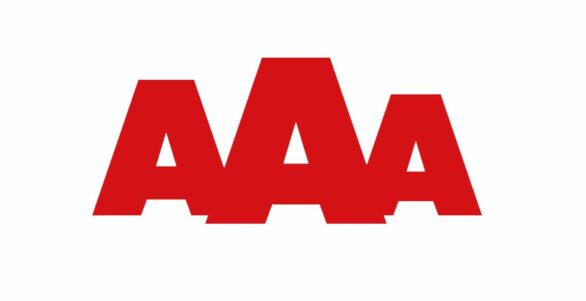
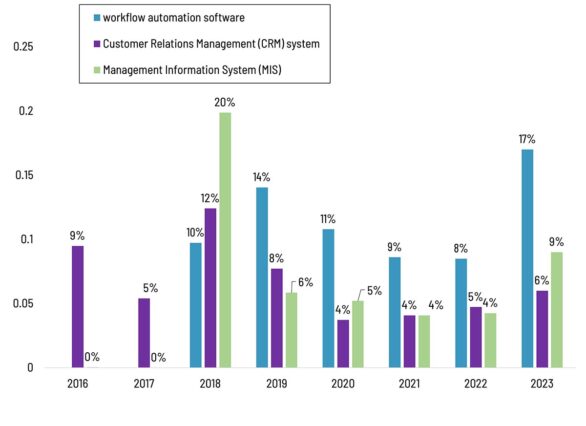

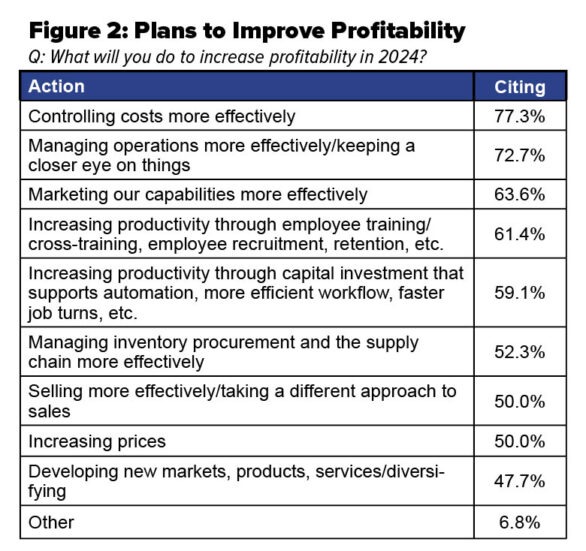
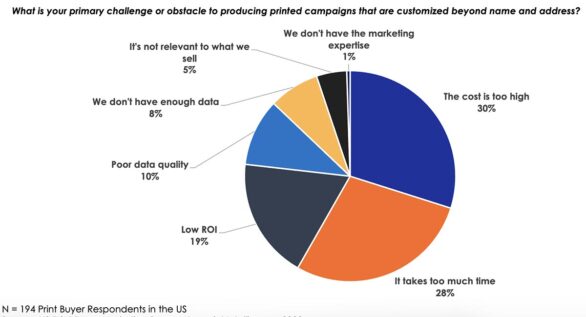
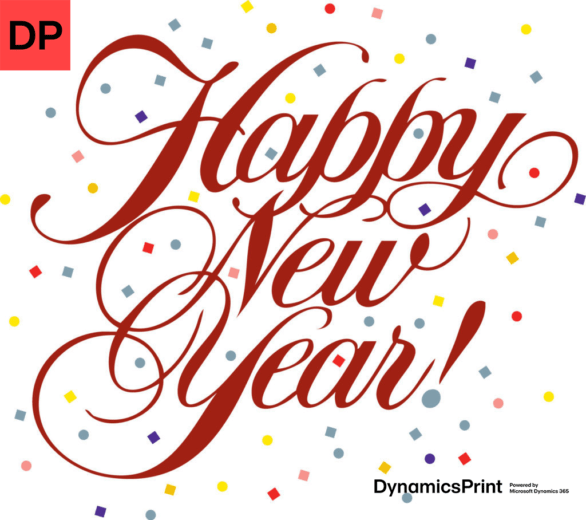

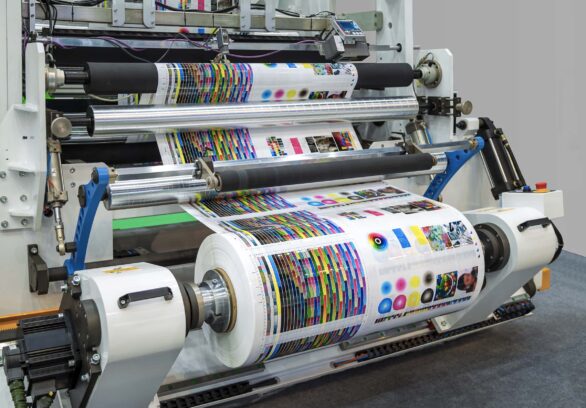

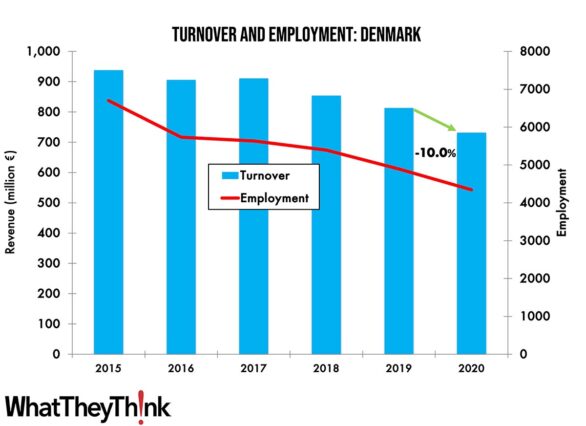
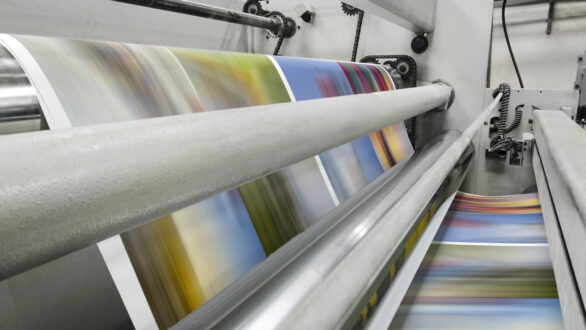
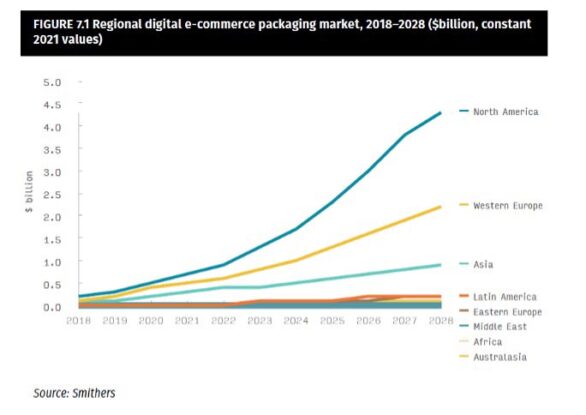
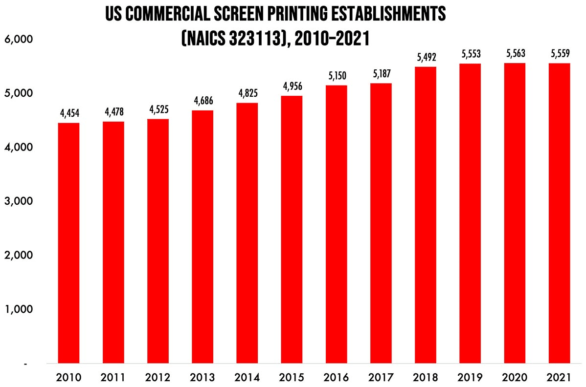
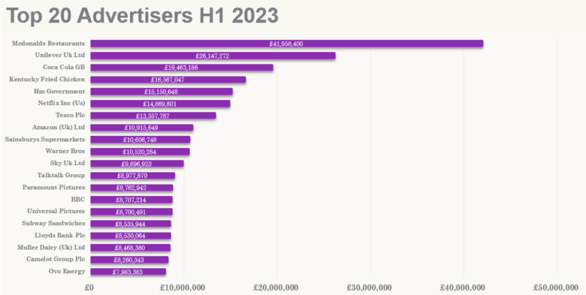


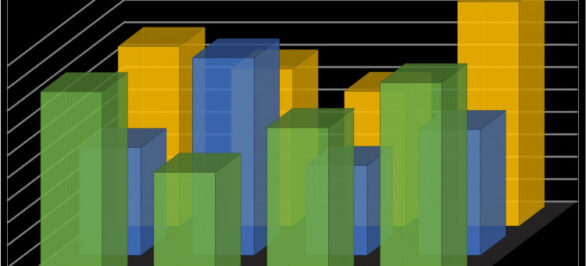



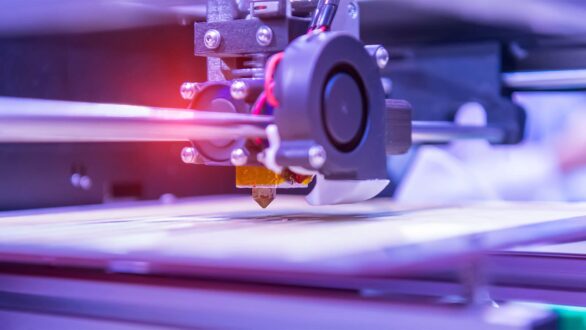
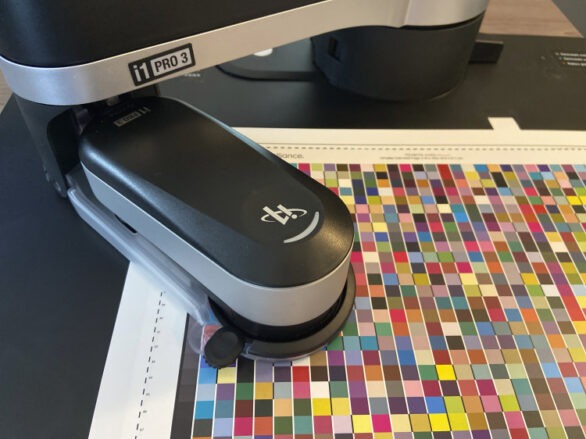


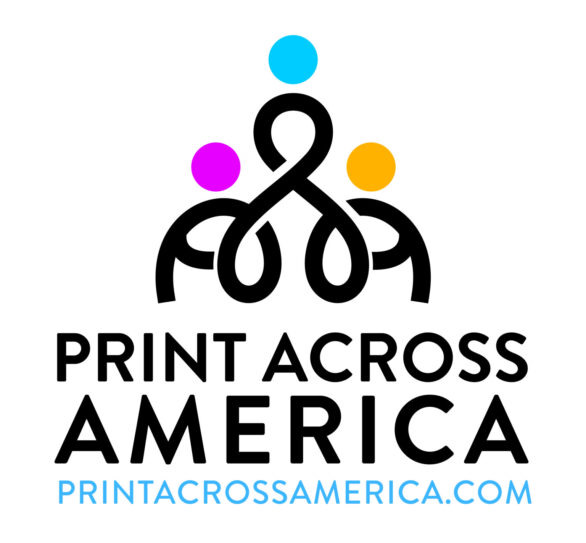
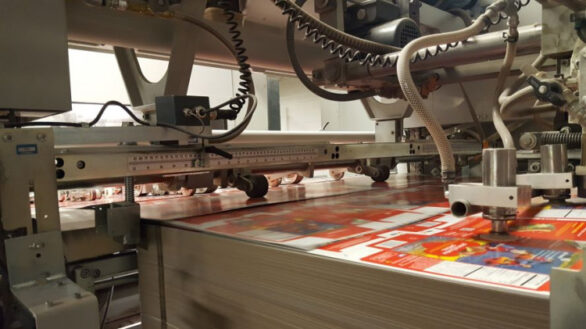
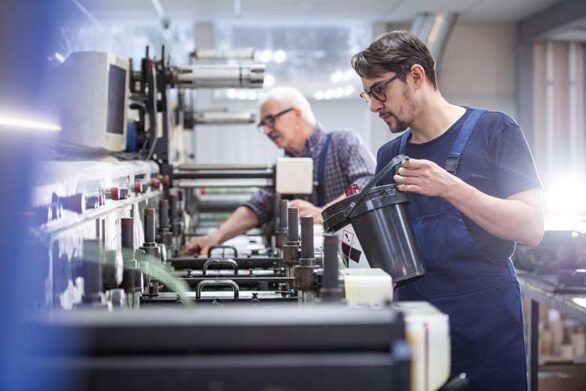














At this year’s London Packaging Week Innovation Awards, judge and packaging expert Michael Carroll shared powerful insights about where the packaging industry is heading: toward a future where design innovation and sustainability are inseparable.
Key Takeaways from the Awards
With over two decades of experience at brands like Nestlé and Kellogg’s, Carroll offered a nuanced view of what effective, future-ready packaging looks like. His major observations include:
Sustainability is no longer optional — compostability, carbon impact, and end-of-life planning are table stakes.
Packaging evaluation must be sector-specific. Beauty and FMCG have vastly different needs.
Holistic approaches win. From material selection to logistics and aesthetics, it all counts.
Sustainability storytelling is becoming more refined, with brands sharing measured, honest progress rather than chasing perfection.
Incremental innovation and disruptive thinking coexist, driving both evolution and revolution.
Technical data and life cycle assessments separate real innovation from empty claims.
Carroll cautioned against vague labels like “100% recyclable” or “plastic-free,” emphasizing the need for real-world testing, certifications, and honest evaluation. One standout entry — a cup with a PE-free mineral coating liner — was labeled a “game changer,” but only if adopted at scale.
He applauded entries that backed up claims with specifics: board weight, polymer choices, compression tests, and trial results. “Good packaging decisions,” he said, “are made through data and testing, not assumption.”
Thinking Beyond the Obvious
The panel also praised surprising formats — like dry snack packaging in a beverage can — as clever, disruptive alternatives to traditional norms. These examples demonstrate that sustainability isn’t just about recycling, but about rethinking form factors, materials, and distribution models.
Another theme was realistic sustainability: not just targeting ideal scenarios, but making measured improvements based on life cycle data. One brand chose not to pursue full recyclability, instead optimizing for carbon footprint while maintaining a premium look. This kind of transparency and maturity, Carroll noted, is increasingly respected.
Conclusion
Michael Carroll’s reflections show an industry growing smarter, more honest, and more collaborative. Packaging leaders are balancing form and function, aesthetics and data, disruption and pragmatism. The future belongs to companies that embrace this balance — step by step — with purpose, precision, and integrity.
Packaging is no longer just a protective layer — it’s a reflection of brand values, technical excellence, and environmental accountability. And that shift is already well underway.
Book Demo